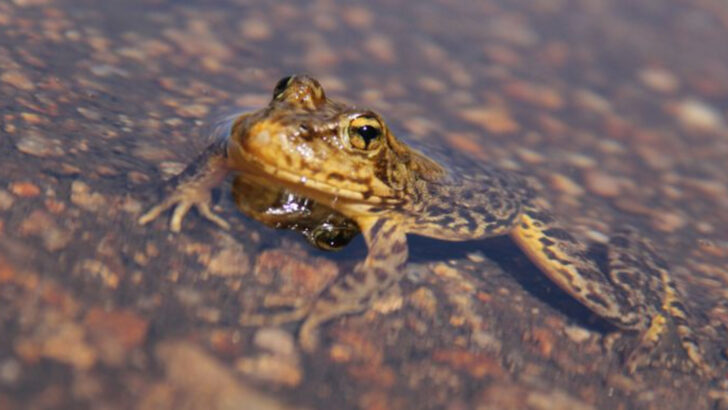The dams are gone—and the wild is rushing back in.
After a hundred years of concrete and silence, the Klamath River is roaring with life again.
Salmon are surging upstream. Birds are swooping overhead. The river is breathing—and the wild things are listening.
This isn’t just a comeback. It’s a homecoming.
Species once pushed out are returning like they never left, weaving themselves back into the current, the soil, the sky.
It’s a win for nature—and for the Indigenous communities who never gave up on this river’s song.
From ancient fish to elusive mammals, the Klamath is filling up with old friends and new energy.
Here are 22 wild species making their long-awaited return—and proving that when a river runs free, everything changes.
Chinook Salmon
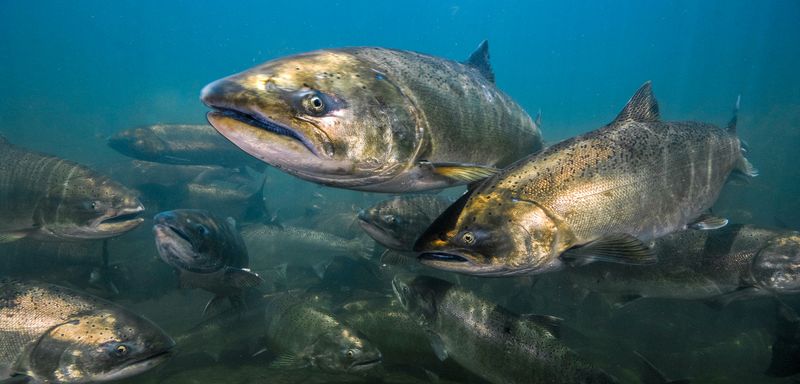
The Chinook Salmon, known for its powerful leaps and incredible endurance, is reclaiming its place in the Klamath River. For over a century, dams had blocked its ancestral paths, but now the river runs free, inviting the salmon to journey upstream to spawn.
With vibrant colors and a determination unmatched, these fish symbolize resilience and renewal.
Did you know? The Chinook, also called “King Salmon,” is the largest of the Pacific salmon species. Anglers and wildlife enthusiasts alike celebrate their return, marking a hopeful chapter in the river’s history.
Steelhead Trout
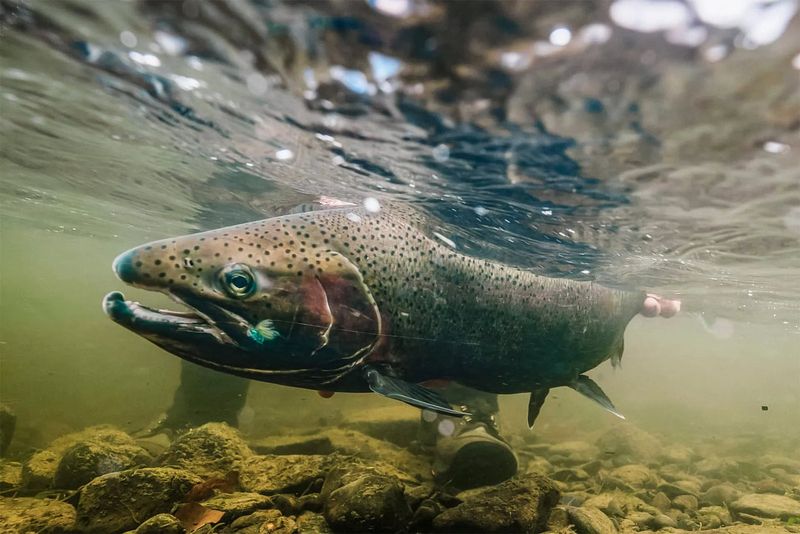
Steelhead Trout, with their iridescent hues, grace the Klamath River once more. Known for their unique ability to transition between freshwater and saltwater, these fish are a marvel of nature’s adaptability.
Their return brings excitement to anglers and conservationists alike. Curiously, Steelhead display a behavior known as “iteroparity,” meaning they can spawn multiple times throughout their lives, unlike their salmon cousins.
This adaptability is a testament to their survival skills, making their comeback a remarkable aspect of the river’s rebirth.
Pacific Lamprey
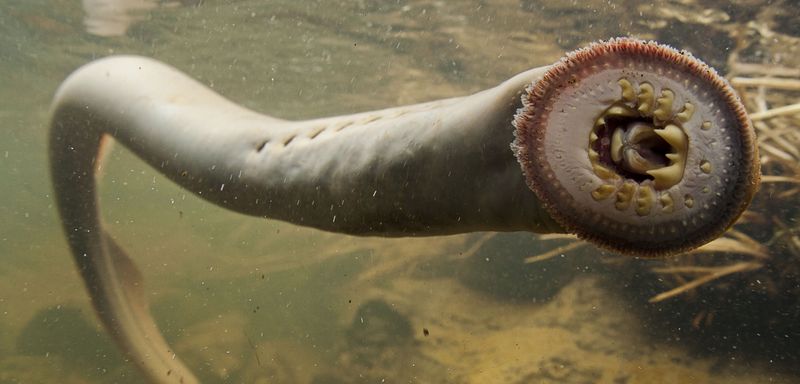
The Pacific Lamprey, often misunderstood due to its primitive appearance, is an ancient species now returning to the Klamath River. These jawless fish play a crucial role in the ecosystem, providing nutrients to both aquatic and terrestrial environments.
Historically, the lamprey was vital to the diets of Indigenous peoples along the Pacific Coast. Its return revives cultural traditions and enhances biodiversity.
Unique in their lifecycle, lampreys attach to rocks and other fish, showcasing nature’s complexity in maintaining balance within the river’s ecosystem.
Coho Salmon
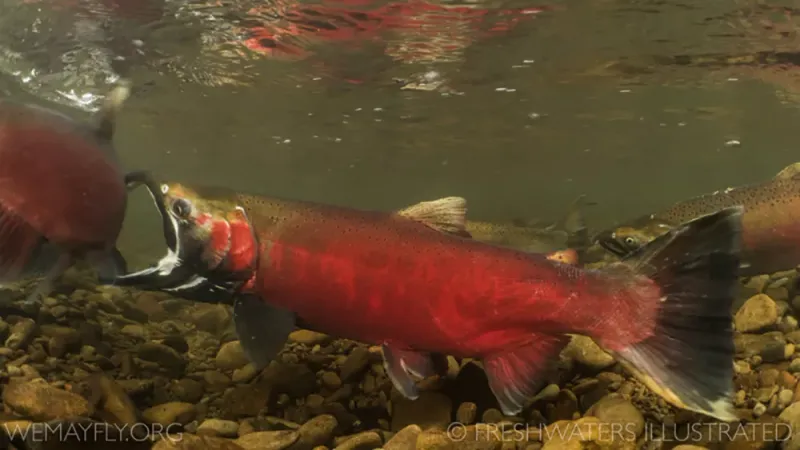
Coho Salmon, often called “silver salmon,” are making a spirited return to the Klamath River. Known for their acrobatic jumps and silvery bodies, these salmon are a delight to watch as they navigate upstream.
Their presence is a beacon of ecological recovery, signifying healthier waters and renewed life. Coho Salmon are particularly important for Indigenous tribes who have traditionally relied on them for sustenance and ceremonial purposes.
Their comeback is celebrated not only as an environmental triumph but a cultural renaissance as well.
Western Pond Turtle
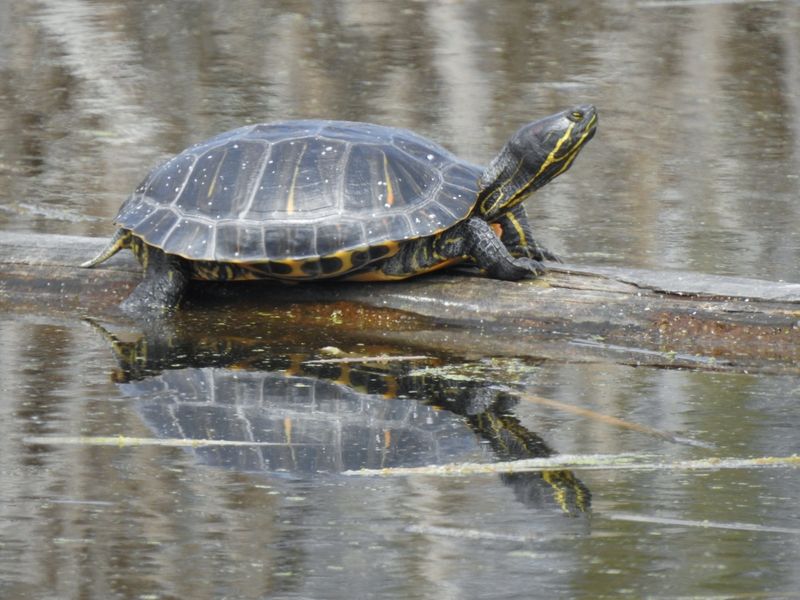
The Western Pond Turtle is a charming resident returning to the sunlit waters and tranquil banks of the Klamath River. These turtles, once threatened by habitat loss, are finding sanctuary in the revitalized riparian zones.
With their gentle demeanor and distinctive markings, they add to the river’s diversity. Interestingly, these turtles can live for several decades, witnessing cycles of change and continuity in their environment.
Their return is a positive indicator of ecosystem health, providing hope for other species seeking refuge in this restored habitat.
Bald Eagle
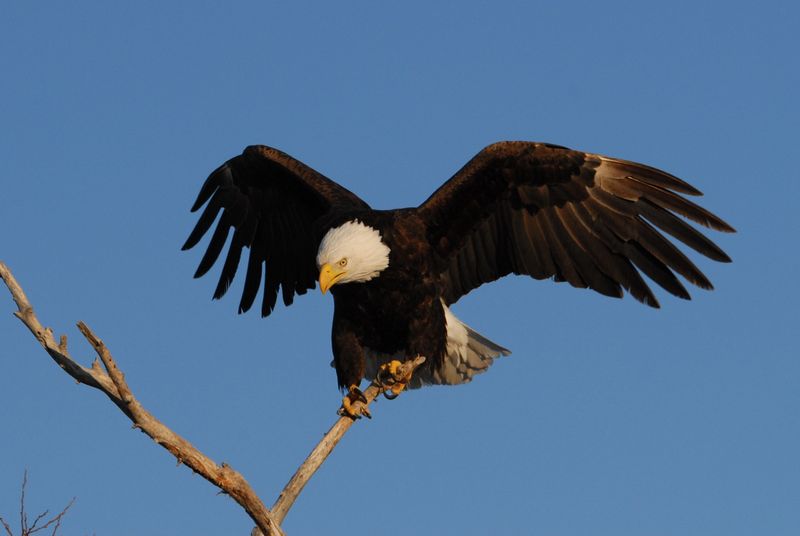
The iconic Bald Eagle has reclaimed its throne in the skies above the Klamath River. As top predators, their presence is a powerful symbol of ecological balance and vitality.
These magnificent birds are not just a sight to behold but also indicators of a thriving ecosystem. Their nests, often found in tall trees along the riverbanks, signal a promising future for the river’s wildlife.
Fun fact: Bald Eagles boast a wingspan of up to 7.5 feet, making them one of the largest raptors in North America.
River Otter
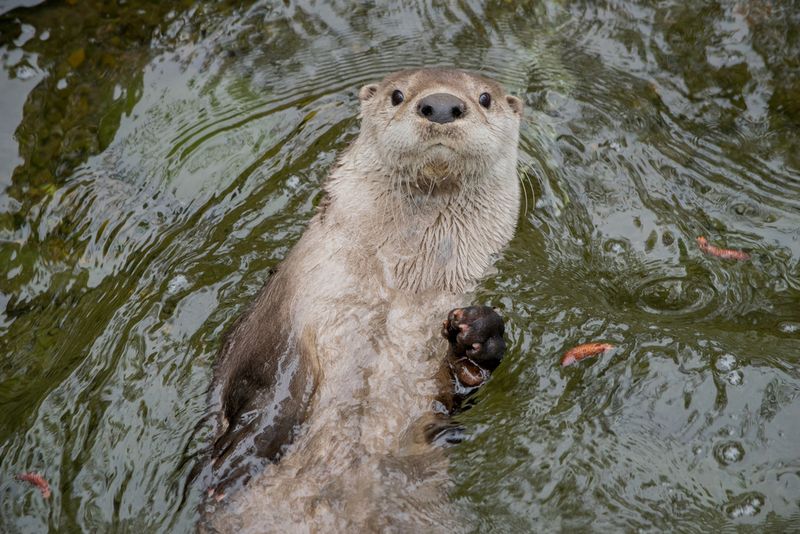
River Otters bring a sense of playfulness back to the Klamath River with their energetic antics. Their return is a good indicator of clean water and a healthy fish population.
These sociable creatures are known for their intelligence and camaraderie, often seen sliding down muddy banks or playing in the currents. Historically, river otters were abundant throughout North America’s waterways.
Their resurgence highlights successful conservation efforts and provides a joyful sight for those exploring the river’s renewed vibrancy.
Great Blue Heron
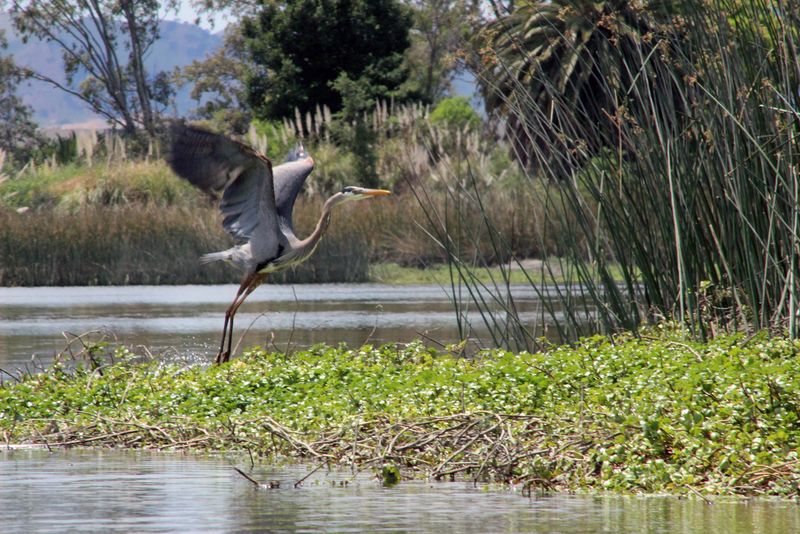
The Great Blue Heron returns with elegance to the Klamath River’s serene waters. Known for their striking stature and keen hunting skills, these birds are a symbol of patience and precision.
Their presence enhances the river’s biodiversity, playing a role in controlling fish and insect populations. Did you know? Great Blue Herons can stand over four feet tall and have a wingspan close to six feet.
Observing them in their natural habitat is a testament to the river’s ecological revival, drawing birdwatchers and nature enthusiasts alike.
Beaver
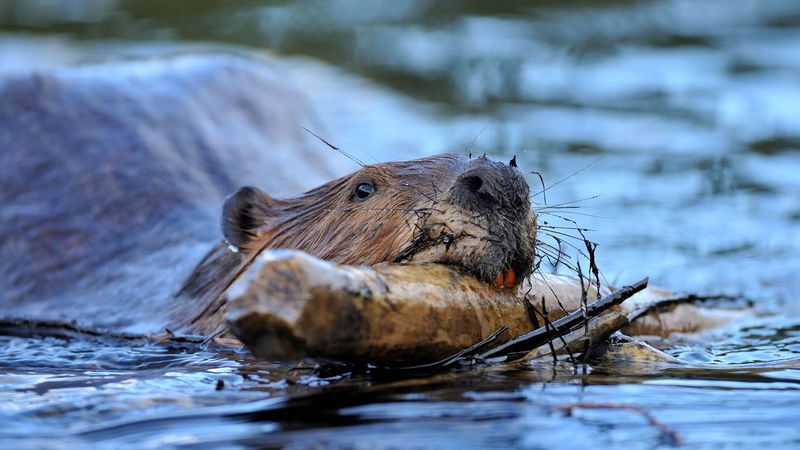
Beavers, nature’s master builders, are revitalizing the Klamath River with their dam-building expertise. These industrious rodents not only create habitats for themselves but enhance aquatic ecosystems for a multitude of species.
Their engineering feats can transform landscapes, promoting biodiversity and water quality. Beavers were once trapped extensively for their fur, leading to local extirpation.
Their return marks an ecological and historical restoration, reminding us of the interconnectedness of species and the importance of every role within the river’s web of life.
Osprey

The Osprey, known as the “river hawk,” has regained its hunting grounds along the Klamath River. With keen eyesight and specialized talons, these birds of prey are skilled fishers, often seen plunging dramatically into the water.
Their return is celebrated as a sign of the river’s restored health. Ospreys build large nests high in trees or on man-made structures, contributing to the river’s aerial landscape.
Fun fact: These birds have a reversible outer toe, allowing them to grasp slippery fish with ease.
Yellow-legged Frog
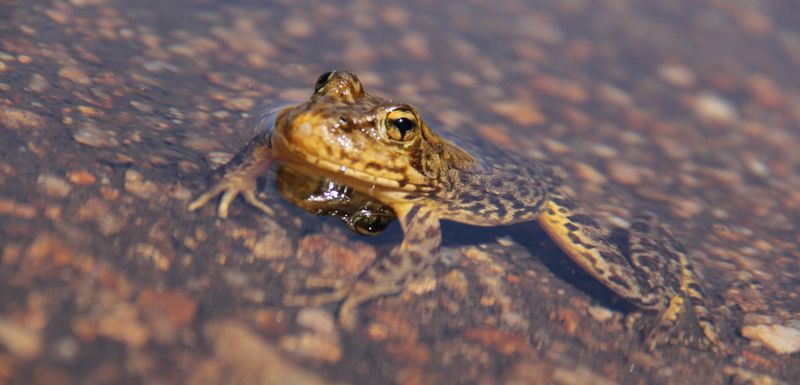
The Yellow-legged Frog hops back into the Klamath River’s ecosystem, an important indicator of environmental health. These amphibians are sensitive to changes in water quality and habitat conditions.
Their presence signals a positive shift towards cleaner, more stable environments. Historically, these frogs faced declines due to habitat loss and pollution.
Their reappearance in the river underscores the success of ecological restoration efforts, offering hope for other amphibian species. Observing these vibrant frogs is a delight for naturalists and a sign of thriving biodiversity.
American Dipper
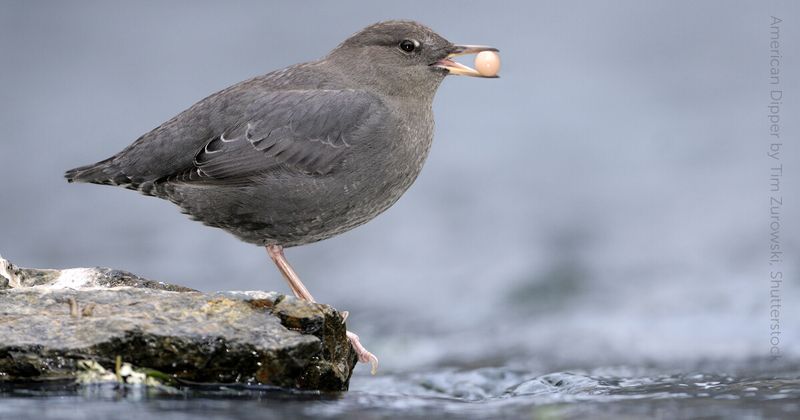
The American Dipper, North America’s only aquatic songbird, has made a notable return to the Klamath River. With a unique knack for “dipping” into rushing streams, these birds feed on aquatic insects and small fish.
Their presence is a testament to the river’s renewed clarity and vitality. Dippers are often seen bobbing energetically along riverbanks, adding a lively rhythm to the landscape.
Fun fact: Despite their small size, they are robust swimmers, using their wings to “fly” underwater.
Mink
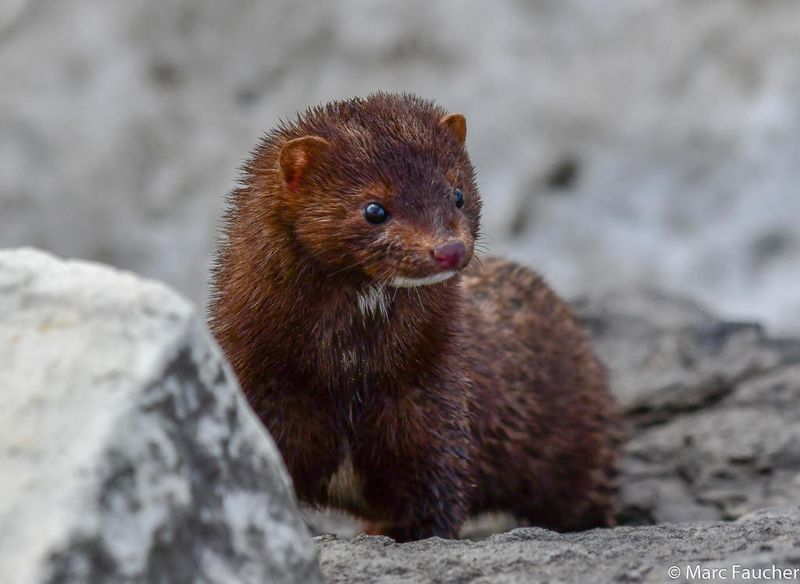
Minks, sleek and elusive, have returned to the lush banks of the Klamath River. These semi-aquatic mammals are known for their agility and hunting prowess, preying on fish, small mammals, and birds.
Their presence indicates a thriving aquatic ecosystem. Minks contribute to the ecological balance by controlling prey populations, ensuring a vibrant river environment.
Historically trapped for their luxurious fur, their resurgence is a testament to successful conservation efforts and habitat restoration, offering a glimpse into the river’s dynamic food web.
Northern Harrier
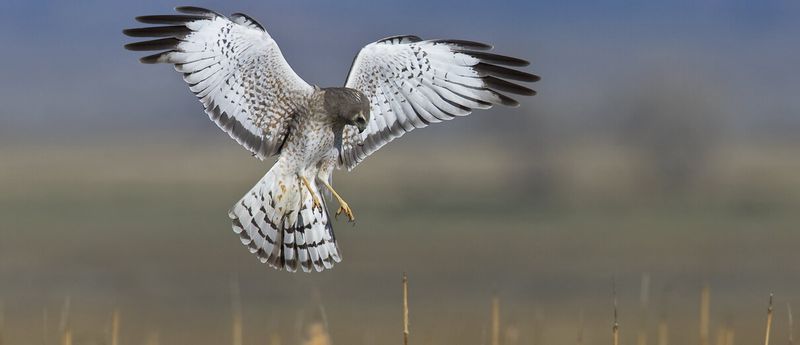
The Northern Harrier gracefully patrols the skies over the Klamath River’s marshlands. Known for their low, gliding flight patterns, these hawks are masters of stealth and precision, often seen scanning the ground for prey.
Their return adds a dynamic element to the river’s aerial wildlife. Harriers are unique among hawks for their owl-like facial discs, aiding in sound detection.
Their presence highlights successful restoration of wetland habitats, providing essential resources for a variety of bird species. Birdwatchers revel in the chance to observe these magnificent raptors in action.
California Red-legged Frog
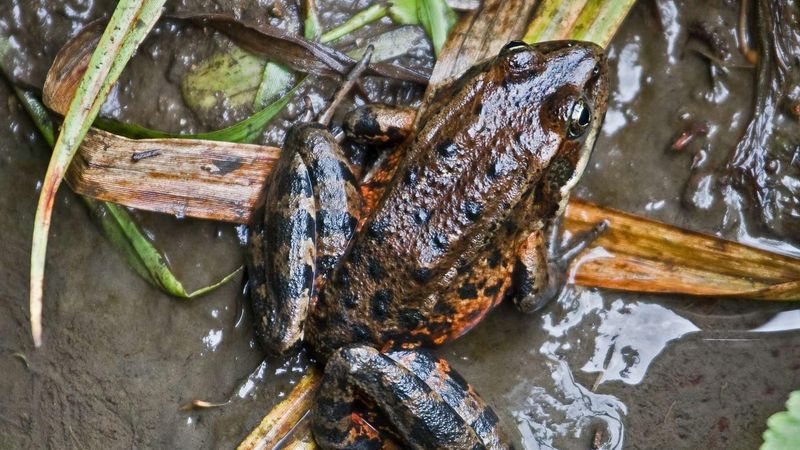
The California Red-legged Frog leaps back into the Klamath River’s rejuvenated environment. These amphibians, with their striking red legs, are vital indicators of habitat health and biodiversity.
Their return marks a significant achievement in conservation, helping balance the river’s ecosystem. Historically, these frogs faced significant population declines due to habitat destruction and invasive species.
Their revival is celebrated as a milestone in ecological restoration efforts and offers hope for the recovery of other threatened amphibian species.
Green Sturgeon

The Green Sturgeon, with its ancient lineage and distinctive features, is a majestic presence returning to the Klamath River. These prehistoric fish are recognized by their armor-like scutes and elongated bodies, reminiscent of a bygone era.
Their return signifies improved water quality and successful habitat restoration. Green Sturgeon are anadromous, migrating between freshwater and saltwater, showcasing their adaptability.
Conservation efforts focus on protecting their spawning grounds, ensuring their continued presence as living relics of aquatic history.
Belted Kingfisher
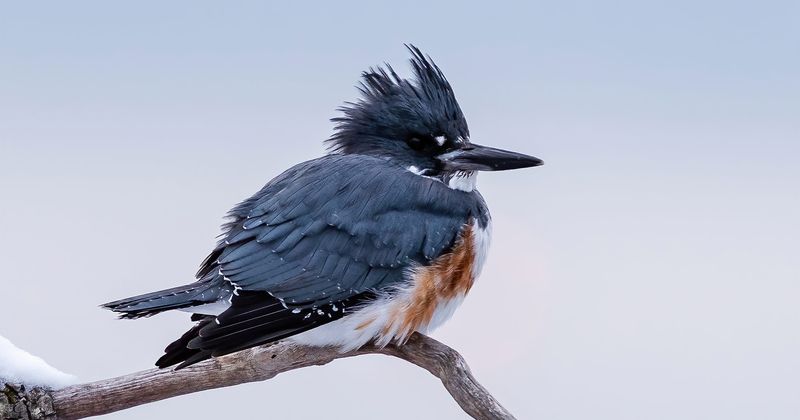
The Belted Kingfisher, with its striking appearance and loud, rattling call, is a dynamic presence along the Klamath River. Known for their fishing prowess, these birds dive headfirst into the water to catch small fish.
Their return highlights the river’s improved water quality and abundance of aquatic life. Kingfishers are often seen perched on branches overhanging the water, serving as a testament to a thriving river ecosystem.
Did you know? The female Belted Kingfisher is more colorful than the male, a rarity in the bird world, which makes sightings even more special.
Peregrine Falcon
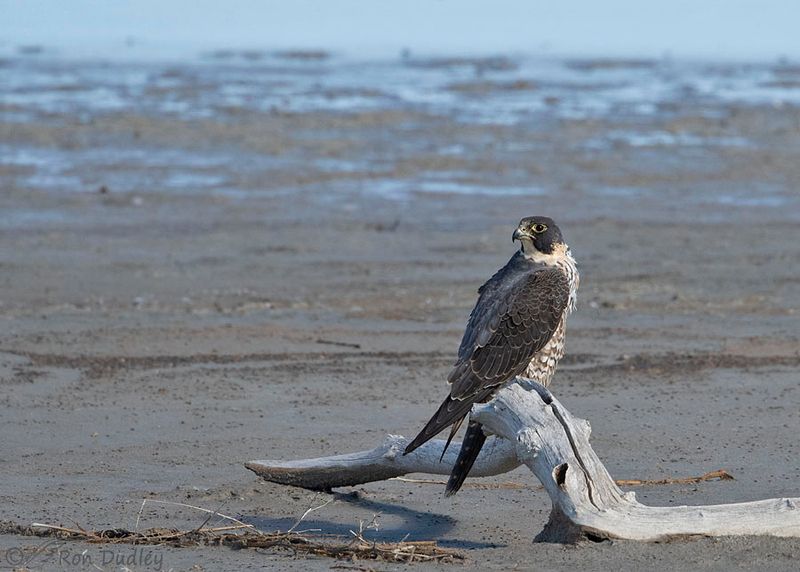
The Peregrine Falcon, famous for its incredible speed, has reclaimed its hunting grounds above the Klamath River. These raptors are celebrated for their breathtaking aerial dives, reaching speeds of over 240 miles per hour.
Their presence is a powerful indicator of restored ecological balance. Peregrine Falcons are top predators, keeping bird populations in check and contributing to the health of the riverine ecosystem.
The sight of these majestic birds soaring above is a testament to successful conservation and habitat restoration efforts.
Common Merganser
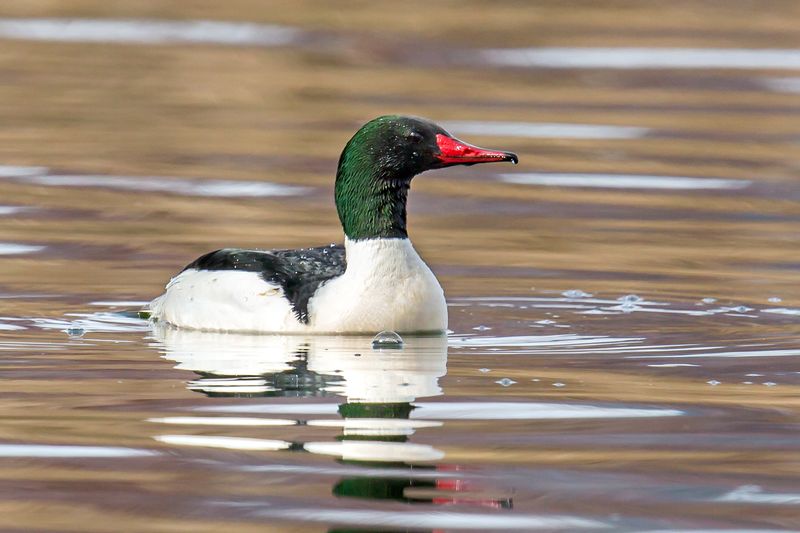
The Common Merganser, a striking duck known for its elegant form and hunting prowess, has returned to the Klamath River. With their long, thin bills, they skillfully catch fish, their primary diet.
These ducks prefer clean, clear waters, making their presence a positive sign of the river’s health. Common Mergansers are also known for their cooperative fishing techniques, often seen working together to corral fish.
Their elegant appearance and dynamic behavior add vibrancy to the river’s multifaceted avian community.
Northern Flicker
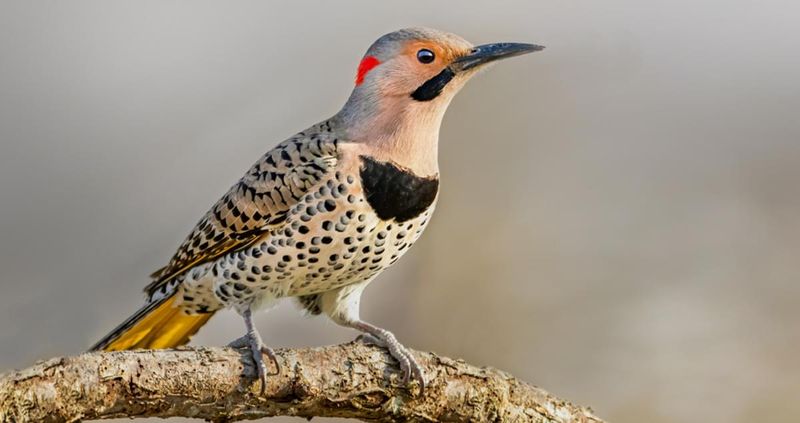
The Northern Flicker, with its resplendent plumage, is a sight to behold along the riverbanks. These woodpeckers are essential for controlling insect populations, as they feed mainly on ants and beetles hidden beneath the bark.
Northern Flickers are known for their distinctive call and rhythmic drumming, echoing through the forests. Their return indicates a resurgence of insect life and healthy tree habitats.
Interestingly, these birds also create nesting cavities used by other species, contributing to the river’s biodiversity.
American White Pelican
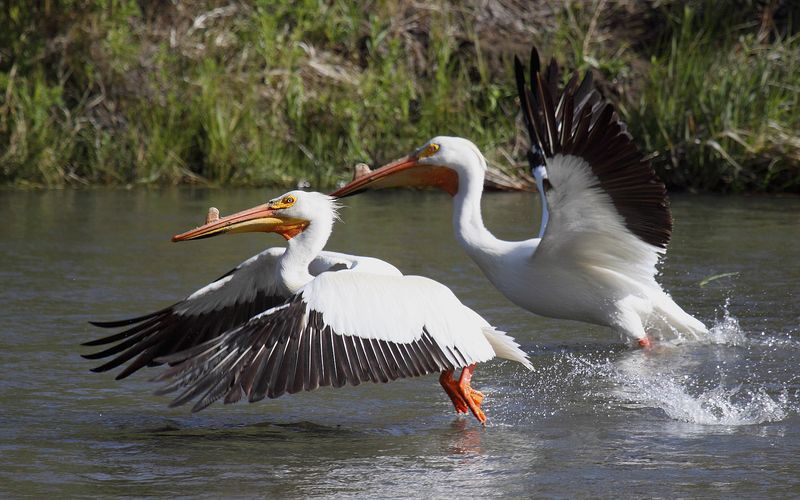
With an impressive wingspan, the American White Pelican is an aerial giant. These birds are returning to the Klamath River after a long absence. Once dependent on uninterrupted waterways, their return signifies the river’s restored health.
These pelicans are cooperative hunters, often working in groups to corral fish for their meals. Their synchronized movements and teamwork are a spectacular sight.
Did you know? Unlike other pelicans, the American White Pelican dives for fish from the water surface rather than the air. This unique behavior sets them apart, making their resurgence even more fascinating.
Red Fox
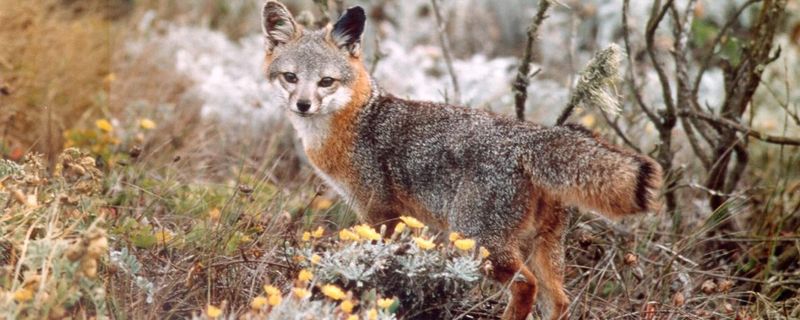
With a reputation for cunning and intelligence, the Red Fox is re-establishing its presence along the Klamath River. These adaptable predators are skilled hunters, feeding on a variety of prey including rodents and birds.
Their return signifies a balanced food web, where predators and prey coexist in harmony. The red fox’s bushy tail and sharp features make it an intriguing subject for nature enthusiasts.
A fun fact: Red Foxes are known for their ability to use the Earth’s magnetic field to hunt, a trait few animals possess.

